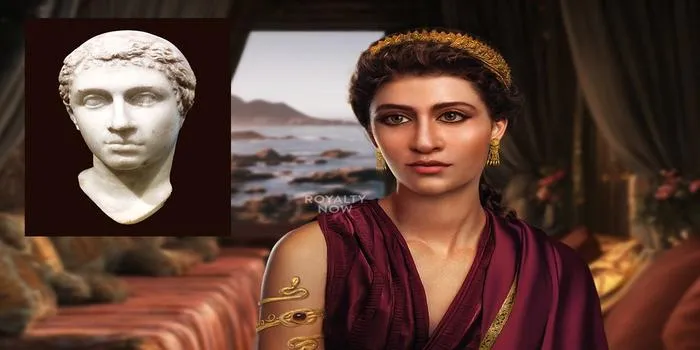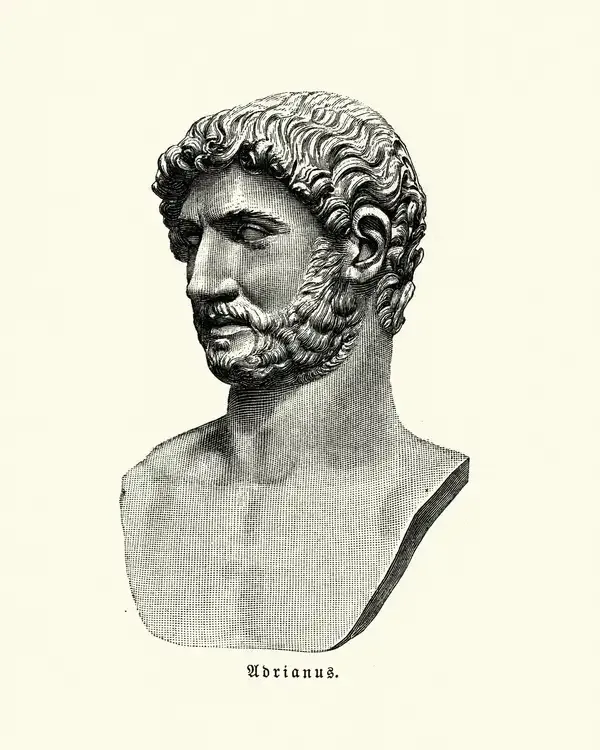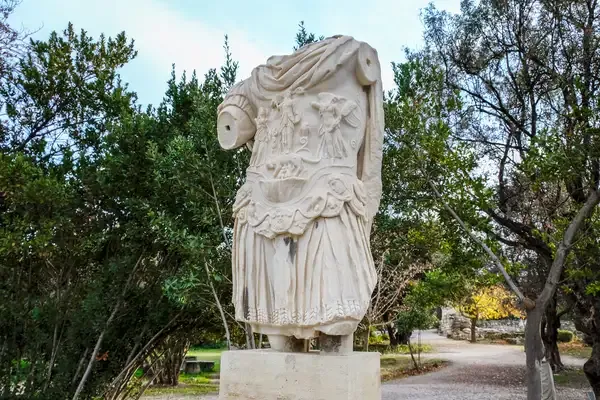What Did Cleopatra Look Like?
Cleopatra's appearance has been a subject of fascination and debate throughout history. Ancient coins and sculptures depict her with a prominent nose and a strong, regal profile, reflecting the Ptolemaic dynasty's Greek heritage. Contemporary Roman accounts suggest she was not known for conventional beauty but was renowned for her intelligence, charm, and eloquence. Her allure was said to be more about her captivating presence and charisma than physical attributes, making her an enigmatic historical figure.

When we think of Cleopatra, the last active ruler of the Ptolemaic Kingdom of Egypt, vivid images often come to mind, influenced by countless portrayals in art, film, and literature. However, the reality of what Cleopatra actually looked like is shrouded in mystery, due in part to the limited historical records and the romanticized depictions that have emerged over centuries. This article delves into various aspects of Cleopatra's appearance, drawing from ancient descriptions, coins, and artistic representations.
Historical Descriptions
Ancient historians provide us with a few clues about Cleopatra's physical appearance. Notably, the Roman historian Plutarch described her as having a "noble" and "attractive" presence, but he emphasized her intelligence and charm over her physical beauty. He noted that Cleopatra was skilled in languages and had a captivating voice, which played a significant role in her allure.
Another ancient source, Dio Chrysostom, mentioned that her beauty was not extraordinary, but it was her charisma and personality that made her irresistible. This suggests that Cleopatra's appeal was derived from more than just her looks, highlighting her political acumen and cultural sophistication.
Coinage and Artistic Representations
Coins minted during Cleopatra's reign offer more tangible evidence of her appearance. These coins often depict her with a prominent nose and a strong profile, features that may have been emphasized to convey her royal lineage. The imagery on these coins was designed to project power and authority, rather than to create an idealized portrait of beauty.
In addition to coins, various artistic representations from the period, including sculptures and mosaics, provide insight into Cleopatra's look. While these artworks are often stylized, they reveal that she likely had a distinct and regal appearance, characterized by traditional Egyptian elements merged with Hellenistic influences.
Physical Attributes
Based on the available historical evidence, we can make some educated guesses about Cleopatra's physical attributes:
| Attribute | Description |
|---|---|
| Hair | Often depicted with dark, wavy hair, sometimes styled in elaborate ways typical of the Ptolemaic royalty. |
| Skin Tone | As a Macedonian Greek, she likely had a lighter skin tone, though her mixed heritage could have contributed to a unique complexion. |
| Nose | Historical representations suggest a prominent nose, which was not uncommon in royal portraits of the time. |
| Eyes | Often portrayed with dramatic eye makeup, including kohl, contributing to her striking appearance. |
| Height | There is little definitive evidence regarding her height, but she was likely of average stature for women of her time. |
Influence of Cultural Identity
Cleopatra's appearance was also a reflection of her cultural identity. As a descendant of Ptolemy I, one of Alexander the Great's generals, she was of Macedonian Greek descent, but she embraced her Egyptian identity as well. This duality influenced her style, fashion, and even her makeup, blending Hellenistic and Egyptian aesthetics.
She is often depicted wearing traditional Egyptian attire, such as the shepherd's crook and flail, symbols of pharaonic authority. Her royal headdress, often represented as a crown or a diadem, further emphasizes her status as a queen. Cleopatra's fashion choices were likely a strategic move to strengthen her position and appeal to her Egyptian subjects.
Modern Interpretations
In contemporary popular culture, Cleopatra has been portrayed in numerous films, plays, and novels, each interpretation reflecting the values and aesthetics of its time. From Elizabeth Taylor’s iconic portrayal in the 1963 film to modern adaptations, these representations often prioritize glamour and drama over historical accuracy.
For example, modern portrayals frequently emphasize her beauty and seduction, sometimes overshadowing her intelligence and political savvy. This has led to a one-dimensional view of Cleopatra that may not align with historical accounts, which celebrate her role as a formidable leader.
Conclusion
While we may never know the exact details of what Cleopatra looked like, a combination of historical records, artistic representations, and cultural influences offers a glimpse into her appearance. It is clear that Cleopatra was a woman of remarkable presence, whose legacy extends beyond her physical attributes. Her intelligence, charisma, and political acumen were integral to her identity, making her one of history's most fascinating figures.
In the end, Cleopatra’s allure lies not just in her appearance but in the powerful narrative of a woman who navigated the complex politics of her time, leaving an indelible mark on history.












